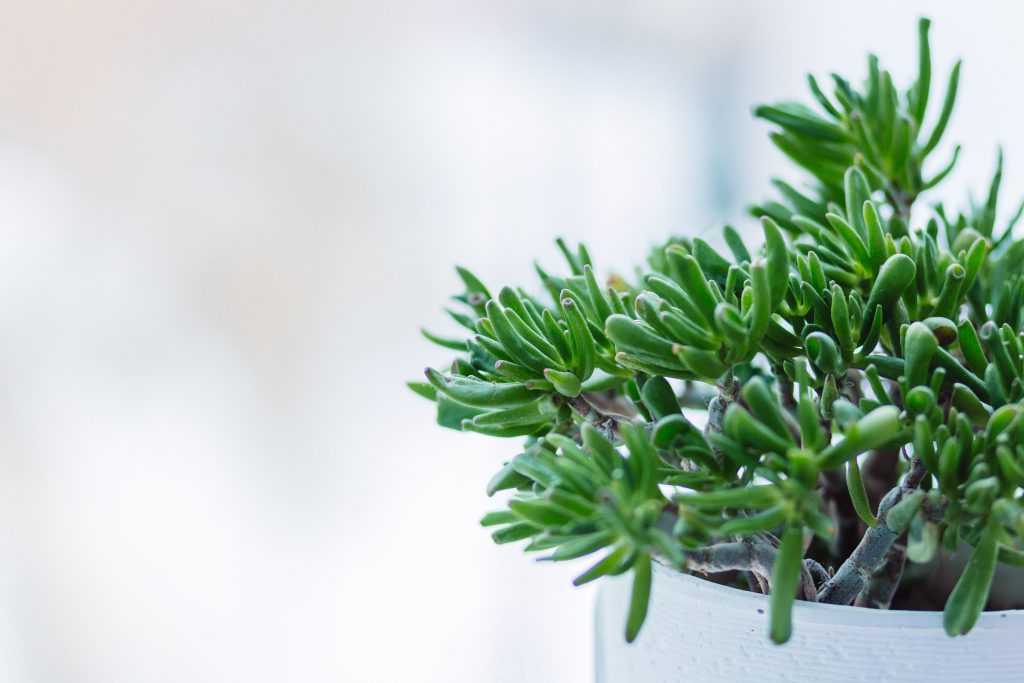9 ฐานเรียนรู้
ความรู้ที่น่าสนใจ (Documents on web)
ติดต่อเรา
มูลนิธิกสิกรรมธรรมชาติ
เลขที่ ๑๑๔ ซอย บี ๑๒ หมู่บ้านสัมมากร สะพานสูง กรุงเทพฯ ๑๐๒๔๐
สำนักงาน ๐๒-๗๒๙๔๔๕๖ (แผนที่)
ศูนย์กสิกรรมธรรมชาติ มาบเอื้อง 038-198643 (แผนที่)
User login
ลิงค์เครือข่าย
What Fuzzy Succulent Types Is - And What it is Not
There are many kinds of Euphorbia Polygona, but the Snowflake variety is the most well-known. This is why you should avoid this situation and invest in a grow lamp like this one. Propagation: The Echeveria is propagated using either offsets or leaves. how much water does a christmas cactus need spaced apart are the leaves? It's easy to see where this shrubby succulent gets its name! Light: A. capitata should be placed indoors next to a window that receives plenty of indirect light. Soil - This Haworthia plant doesn't like its roots to stay wet for too long, so it should be well-drained. Soil: Grow A. capitata in well-drained soil, either a prepared mix for succulents or your own. Soil: This succulent needs a potting soil mix that drains quickly. Use a commercial potting mix for succulents or make your own. Many growers make their own potting mixture. The added weight will cause the leaves to start falling apart. When the heat is high, this plant will be dormant. During these months, the leaves will begin to fall off.
You can repot it every few years in a bigger container to keep it from becoming rootbound. Repotting: The slow-growing succulent can be kept in the same container for many years. H. wittebergensis should be repotted every two to three seasons in spring and fall. This will help keep the plant happy and healthy. The best way to treat the aeonium is to move it to a sunny area and to spray it with cool, water frequently. Light: Provide some shade from the sun to protect the potted plant. When your plant's winter growth slows, water it less. To promote healthy growth, some people recommend trimming the leaves, stems, and roots of succulents. They are low-maintenance plants that can be easily maintained by most people. They are variable in shape, mostly oblanceolate, obovate to spatulate with the upper face grooved or flat, up to 2.4 inches (3.5 cm), and up to 0.8 inches (2 cm) wide. The thick fleshy leaves are lanceolate, up to 28 inches (70 cm) long and 2.4 inches (6 cm) wide. The old leaves still attach to phyllopodia. Tylecodon Faucium, a small succulent, has a tuberous base and branches that are short and erect covered with phyllopodia.
Older branches are covered in grey-green bark. After they develop their roots, take out the offsets. Spring is the best season to cut leaf and separate offsets. If you have saucers placed under your pots, drain the water immediately. Watering: The succulent needs to be watered regularly, but it can tolerate drought conditions for short periods of time. However, it is important to ensure that the soil is dry before watering. Temperature: This succulent is delicate and must be kept warm during winter. A second requirement for herbaceous plant species is their ability to produce savory or aromatic compounds that can be used as garnishes, flavorings, medicine, and fragrances. My plants are constantly under stress. Some are very good, while others are less so. Both these plants are Madagascar natives and both need the same treatment. This species is native Madagascar. This species is from South Africa. The specific epithet "wittebergensis (wit-ee-berg-EN-sis)" means "of or from Witteberge" and refers to Witteberg, also known as Witteberge, a South African mountain range just off the southwest corner of Lesotho. The Latin adjective capitatus, which means "having, or forging a head", has a feminine form. It is used to refer to headlike races.
Admire the plump leaves that emerge from the center. Also, notice the variegation as light spots along the leaves and the serrated edges. The thick, fleshy leaves can range in color from green and orange in the cooler months to blue and purple in summer. When repotting your E. Blue Metal, be sure to dry the soil before you do so. Repotting: This plant will rarely require repotting as it isn't very fast growing. Repotting time also allows you to use offsets in propagation. Propagation: The quickest and most common method of propagating H. wittebergensis is by offsets. Using it for propagation without leaves is possible, but you will succeed better faster if the offsets you use already have leaves. H. wittebergensis can have yellow or white leaves. Fertilizing: H. wittebergensis does not require much fertilizer. Fertilizing: A. capitata does not generally require fertilizer, but it may be able to benefit from extra nutrients. A. capitata can be used safely for both pets and humans. Because people interchangeably use the terms "cacti" and "succulents", one question remains: Is Aloe Vera a succulent, or a cactus?"
Use a slow-release fertilizer in spring or a liquid fertilizer diluted 2 to 4 times more than usual and used less often than recommended. If you have a dwarf species growing in your outdoor garden, feel free to use trees, netting, or other landscaping elements to filter light out and provide your plant with the much-needed shade when temperatures hit the roof. These species live in direct sun and are common in the desert. They are often soggy and may even be oozing out or leaky. They can also repel pests such aphids as mealybugs who might like to eat your outdoor succulents. Or even a grow light like this. The deep purple color intensifies when exposed to more light and the cold weather. It will quickly turn to a distinctive dark purple color when it is ready.
- steffenspafford68's blog
- Login or register to post comments























